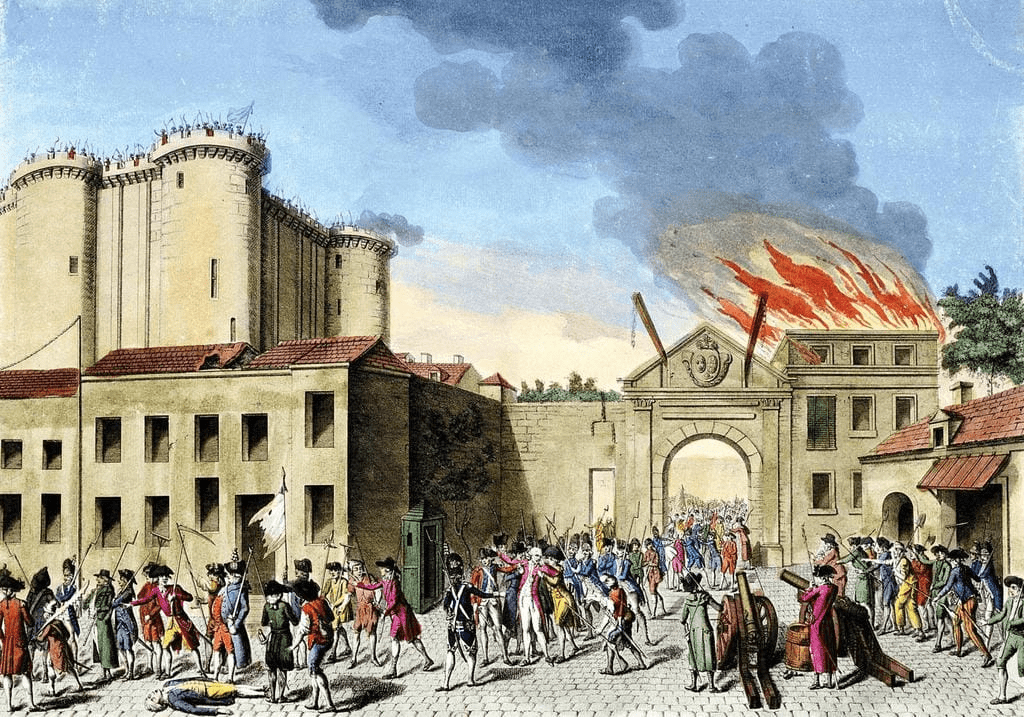

The incident led many Americans to demand war, but Jefferson responded instead with “peaceable coercion.” American Neutrality Imperiled by a World at Warīritain resorted to stopping American ships to remove deserters, although many of them had become American citizens. Tecumseh turned Prophet’s religious message into a political one and traveled widely in an attempt to unify northern and southern Indians. Prophet and Tecumseh encouraged resistance. Prophet (Lalawethika) claimed to have returned from the dead, and he encouraged Indians not to fear whites. Jefferson carried 15 of 17 states in the 1804 election.īefore the War of 1812, Shawnee brothers Tecumseh and Prophet attempted to create an Indian federation. Tried for treason, he was acquitted and fled to Europe. Burr then conspired to create a political empire in the Southwest. In the famous duel, Burr killed Hamilton.

And, as seen in the Hamilton-Burr duel, political disagreements sometimes erupted into violence. In American politics in the early nineteenth century, divisiveness and personal animosities were as strong a force as ideology. Federalists, however, never mastered the art of campaigning. The new style of campaign was symbolized by political barbecues. Several younger Federalists decided to emulate the political style of the Democratic-Republicans. Popular campaigning and political organization would become an essential part of the new style of democracy. Political Factionalism and Jefferson’s Reelection Zebulon Pike’s wanderings led him to tour and describe Spanish holdings. The expedition brought valuable information on the West to an expansion-minded United States. The Corps of Discovery was a diverse groups consisting of immigrants, Clark’s slave York, the French Canadian trader Toussaint Charbonneau and his Shoshone wife, Sacagawea. Meriwether Lewis and William Clark were commissioned by President Jefferson to head an exploratory expedition to the Pacific coast. Napoleon offered all 827,000 square miles of the Territory to the United States for fifteen million dollars. James Monroe joined Robert Livingston in France with orders to buy New Orleans.

Spain’s decision to deny Americans the right to store their products at New Orleans prior to transshipment to foreign markets and the subsequent transfer of the Louisiana Territory to the French, threatened the American economy. He also advanced the concept of judicial review, enhancing the independence of the judiciary. In this case, John Marshall ended criticism that the Supreme Court functioned as a partisan instrument. Under Marshall, the Court became an equal branch of the government. They could not, however, remove Supreme Court Justice Samuel Chase.Īs Chief Justice of the Supreme Court, John Marshall upheld federal supremacy over the states and protected the interests of commerce and capital. The Democratic-Republican Congress also impeached and removed Federal District Judge John Pickering. Jefferson had Congress repeal the Judiciary Act of 1801. Secretary of the Treasury, Albert Gallatin, cut the federal budget and moved to reduce the national debt. Jefferson refused to recognize any of Adams’s late-term Federalist appointments and where possible filled government positions with loyal Democratic-Republicans. In his inaugural address, Jefferson tried to heal the wounds of the 1800 campaign by appealing to the electorate as citizens with shared common beliefs. The Jefferson Presidency and the Marshall Court The nation’s political system became better defined and its nationalistic and international positions grew clearer over the next 15 years. Thomas Jefferson’s inauguration heralded a change from the Federalist-controlled government that had preceded.


 0 kommentar(er)
0 kommentar(er)
